Street Photography – What I learnt shooting various cameras to produce consistent visual art
I was born in Indonesia and have been living in Perth Australia since 1987. I currently own and run an IT business with my husband specialising in data recovery service. My work life is often considered tedious and repetitive and I need something to balance it off. I find both photography and travel as my way of unwinding from hard day’s work.
My interest in photography started when I bought my first iPhone 3GS back in 2009. I started taking pictures on regular basis during my daily commute to and from work. Back then the camera was quite mediocre (3MP camera) and I didn’t have any specific genres of photography, but it had served me well to capture random things from random snippets, landscape and whatever fascinated me. Then, I discovered Instagram for the first time as a mean of photo sharing community and I’ve got hooked since then.
As I became more and more fascinated with candid moments of daily life happening around me all the time, I started to develop my interest in street photography and urban landscape.

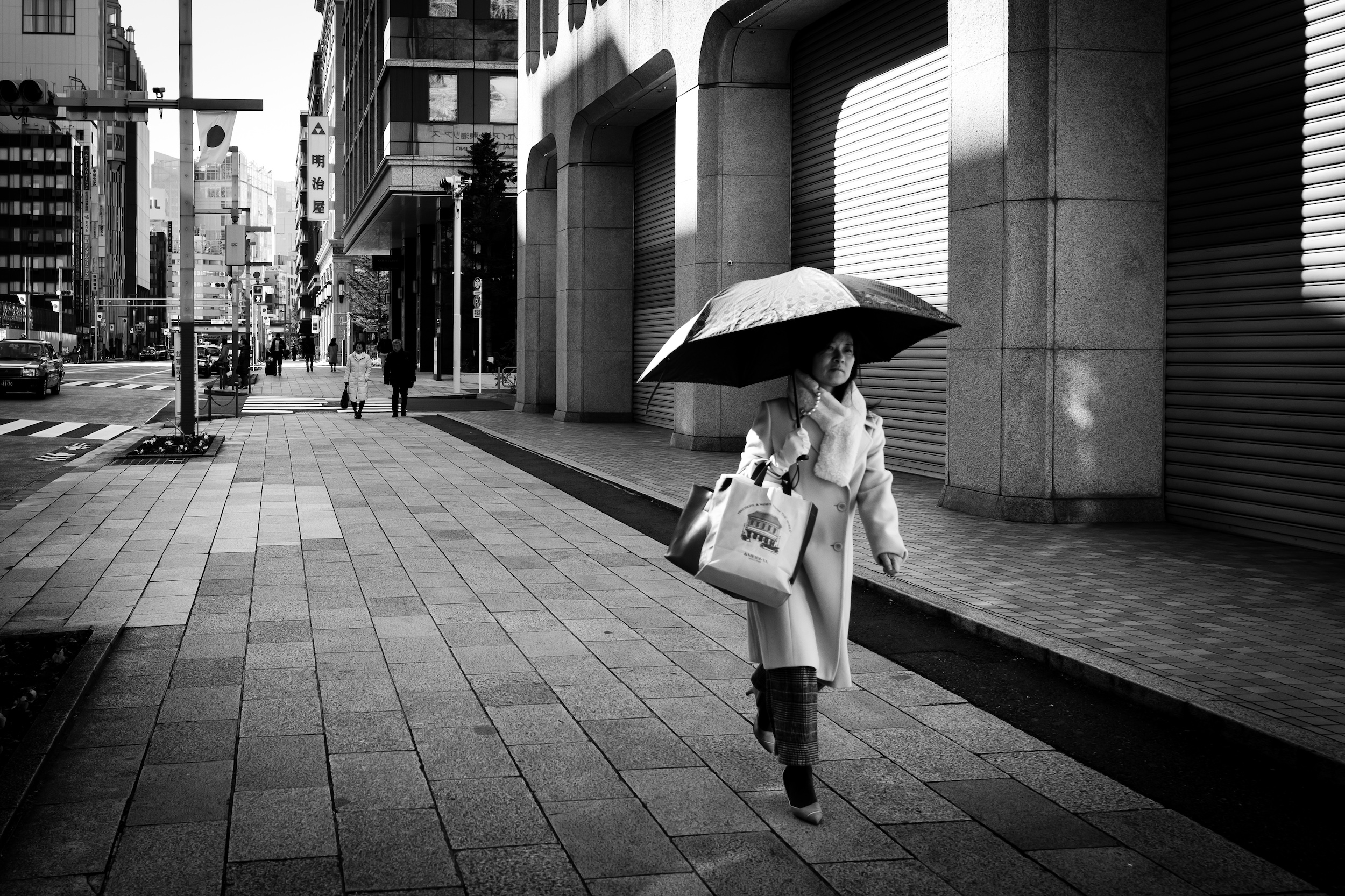
When I started my photography using the iPhone, I loved shooting colours. I was fascinated with the beauty of different colour spectrum and how they relate to each other to create an interesting photo. Black and white was almost non-existent in my photography world back then.
As I progressed through my street photography learning curve, I started shooting in B&W and focusing more on the lighting, composition and framing as well as the relationship between my subject and background and the emphasize of human emotion. Soon I got drawn into geometric lines, light and shadows. I grew my interest in capturing the beauty around me in black and white.
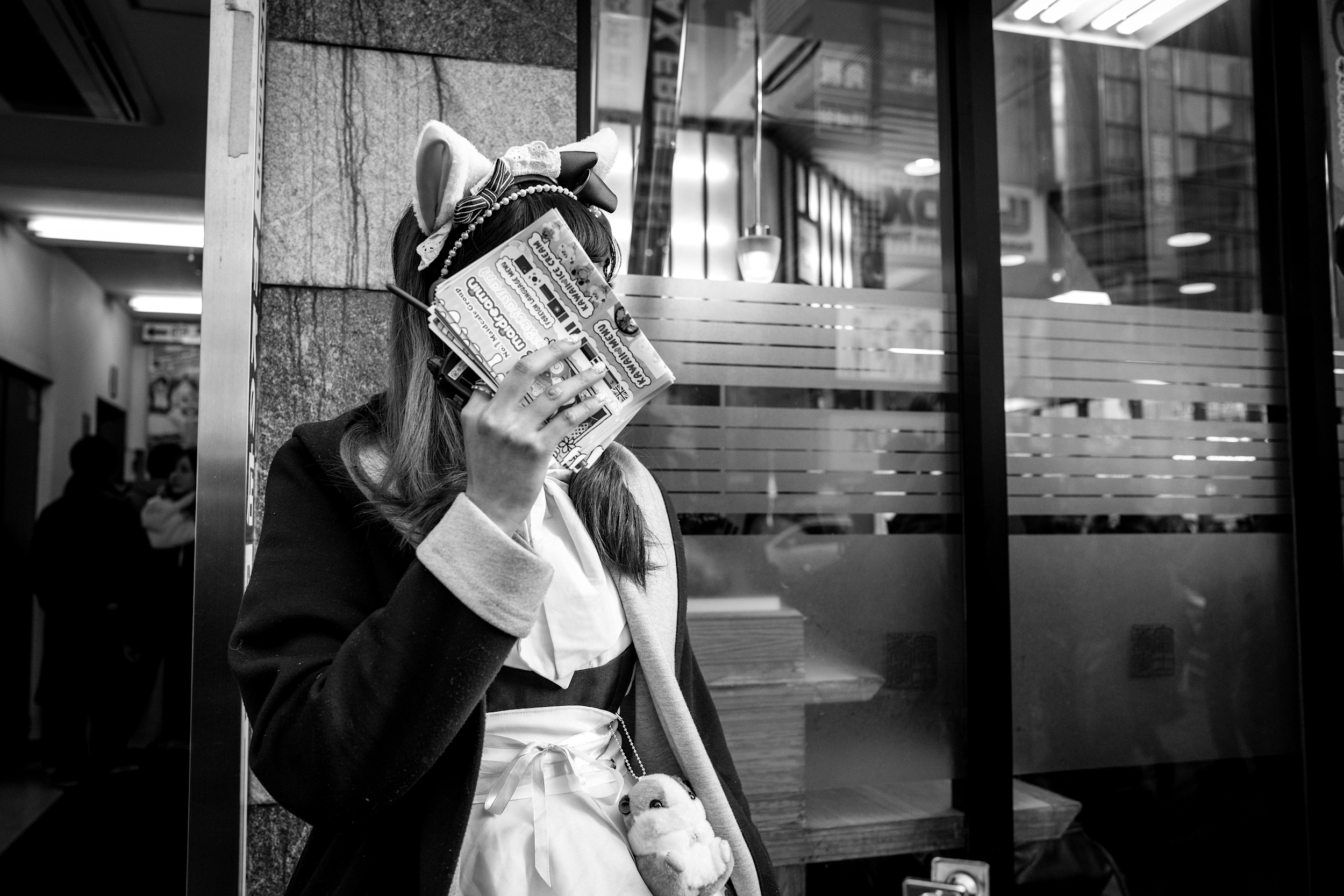
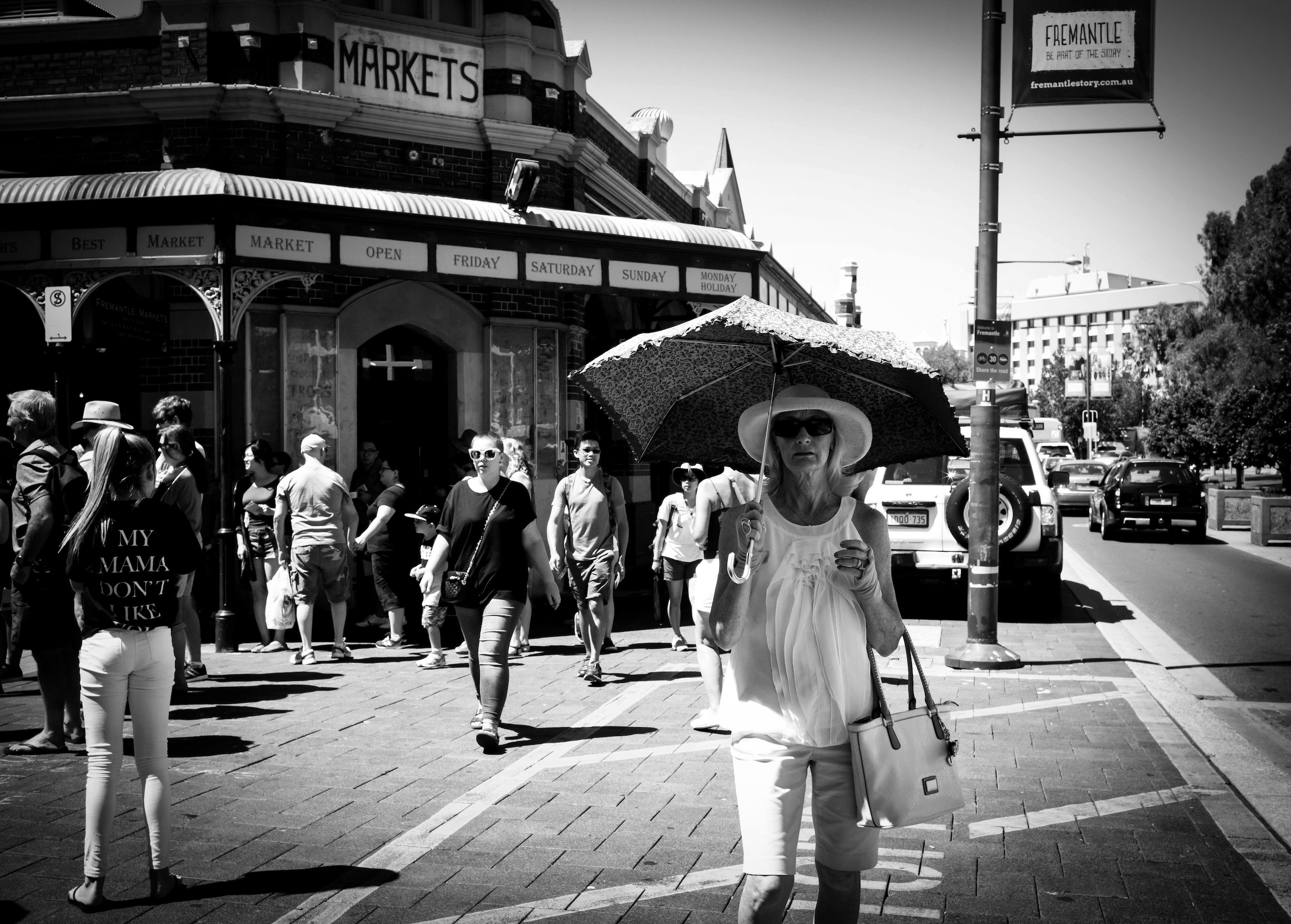
Due to the limitations on the iPhone camera, I bought my first Fuji X100s as my main digital camera for street photography. I love the compactness, simplicity and minimalistic approach of the Fuji camera, especially its well laid-out buttons and the classic old school look. Not to mention that Fuji lenses have been well known to have amazing sharpness and quality.
Progressively, I started to find some limitations on the Fuji X100s such as its slow AF, no built-in Wi-Fi and fixed focal length which have caused me to search for other alternative camera until a good friend of mine introduced me to the Leica world in 2015.
The word Leica has been associated with opulence and classic through the photography history. Leica cameras are among the best choice of cameras used by well-known street photographers like Henry Cartier Bresson, Joel Meyerowitz, Garry Winogrand, Elliott Erwitt and many others.
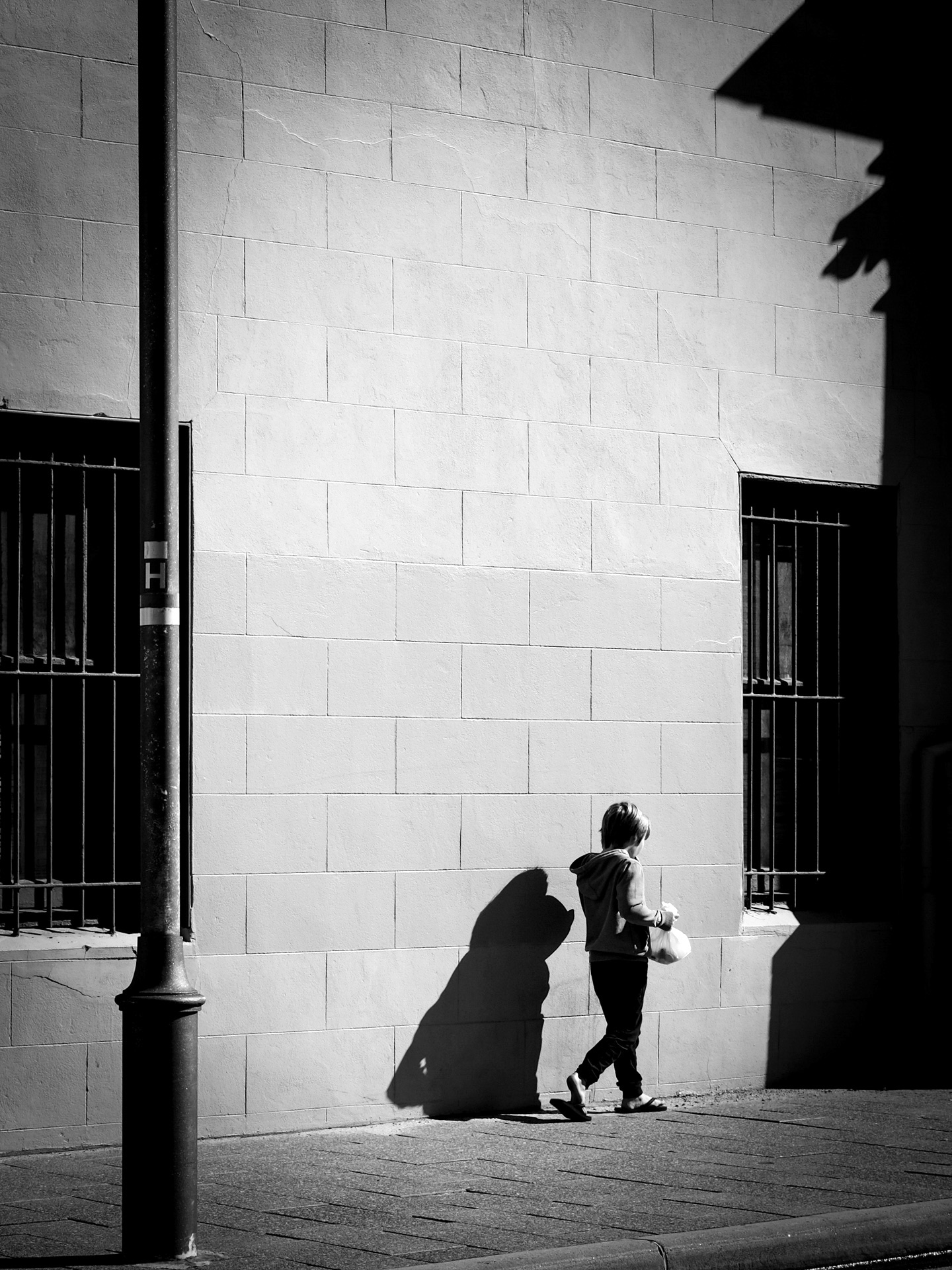
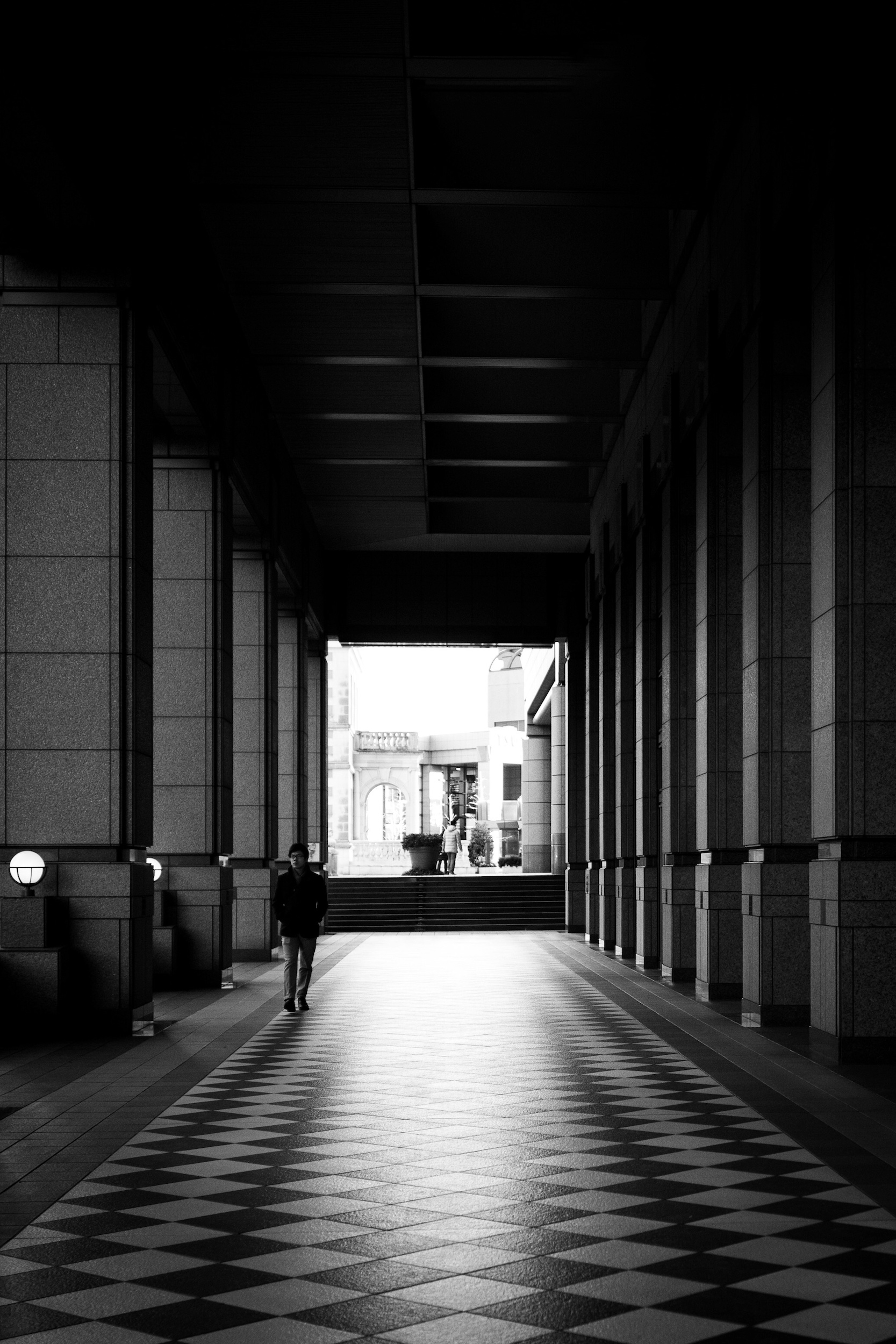
I started to use a digital Leica camera when I bought my first Leica M-P (typ 240) back in 2015. I chose Leica because of its simplicity and newly designed 24MP full frame CMOS sensor which is capable of shooting in lower light situations while maintaining a crisp and sharp image. It has simple button layout and menu function where you can change shutter speeds without fiddling into the menu system like DSLR cameras.
It is a rangefinder camera that forces you to absorb a scene fully and to anticipate the subject’s next actions so you can have much greater control of the settings before taking a shot. I started to learn and use different technique to capture images known as zone focusing where you predetermine the subject distance and set the focus using a scale printed on the lens. I found that I always get consistent results with this technique and didn’t have to worry about focus shifting.
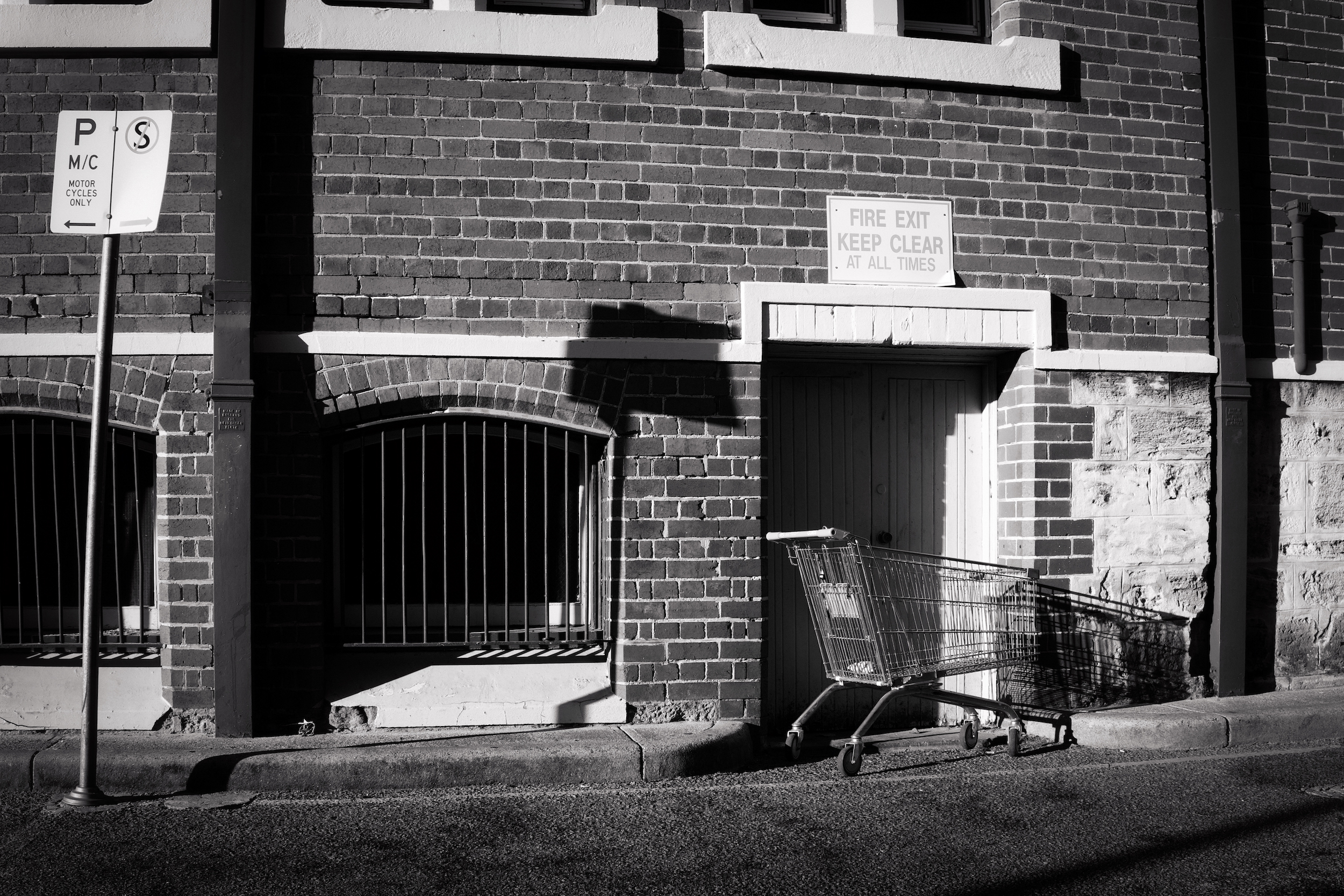

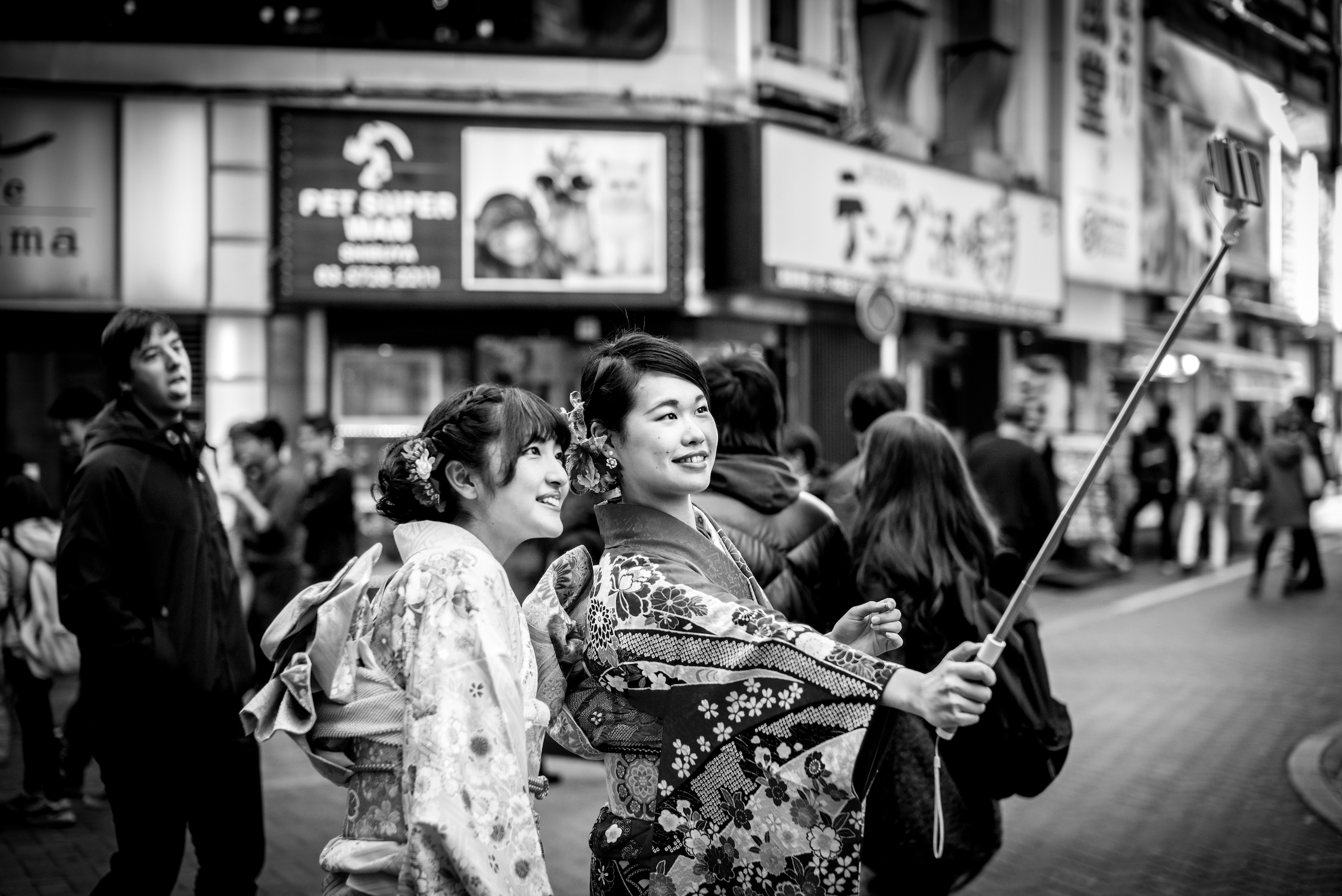
Leica lenses are famous for its superior build quality and incredibly sharp images and great colour rendering with little need for post-processing. Leica M system is small and not intrusive which is perfect to capture candid street photography. I pair the Leica M with the Leica Summicron 28mm, 35mm and the Summilux 50mm. I use various lenses depending on my shooting need. However, my favourite focal lengths have always been the 35mm and 50mm. The 35mm lens allows me to get closer to the subject and be part of the scene while the 50mm creates a beautiful subject isolation/bokeh. Leica M is a simply a beautiful camera which demands technical superiority for total control over the exposure and focus settings. The only limitation on this camera is no built-in Wi-Fi connection for your social media upload.

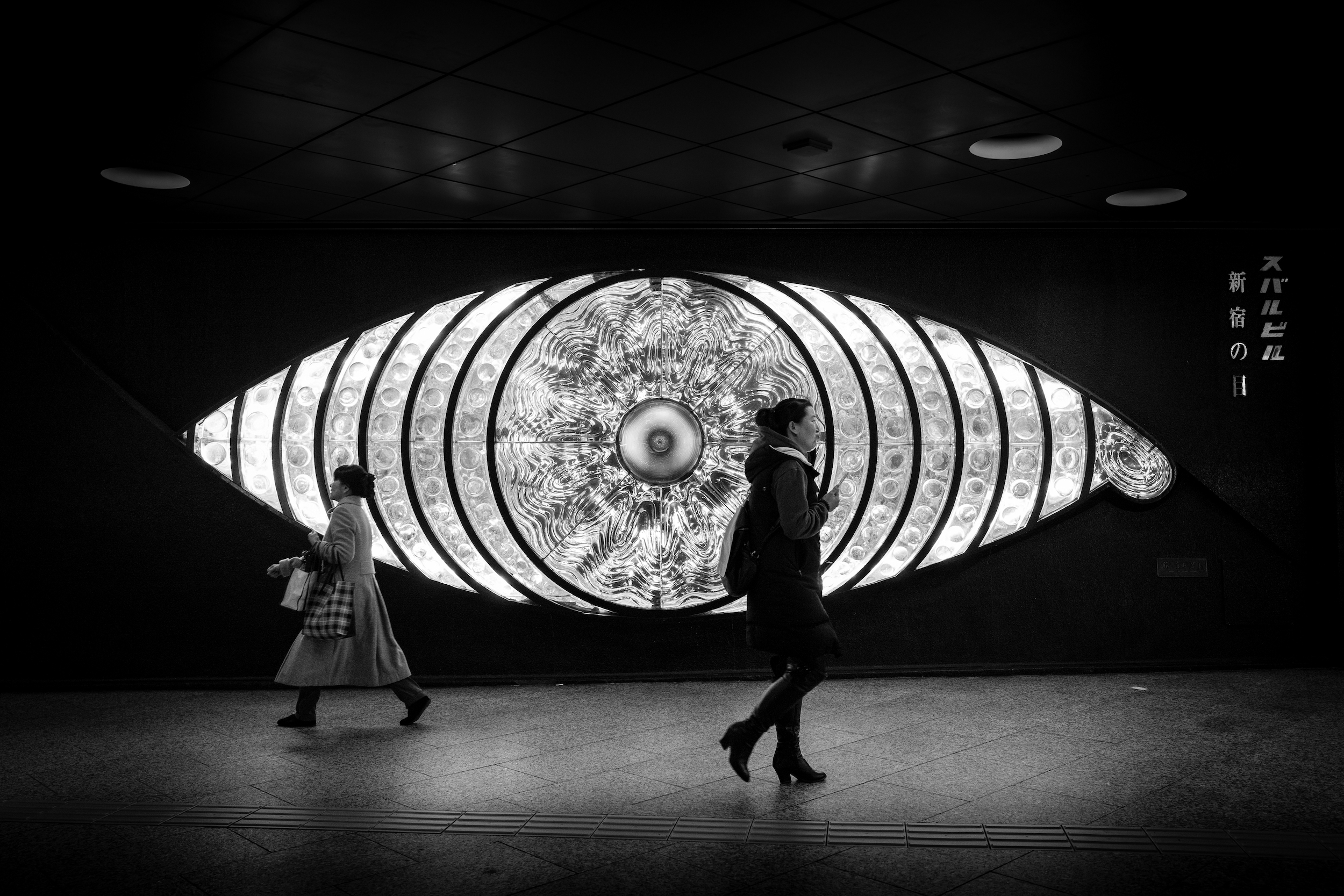
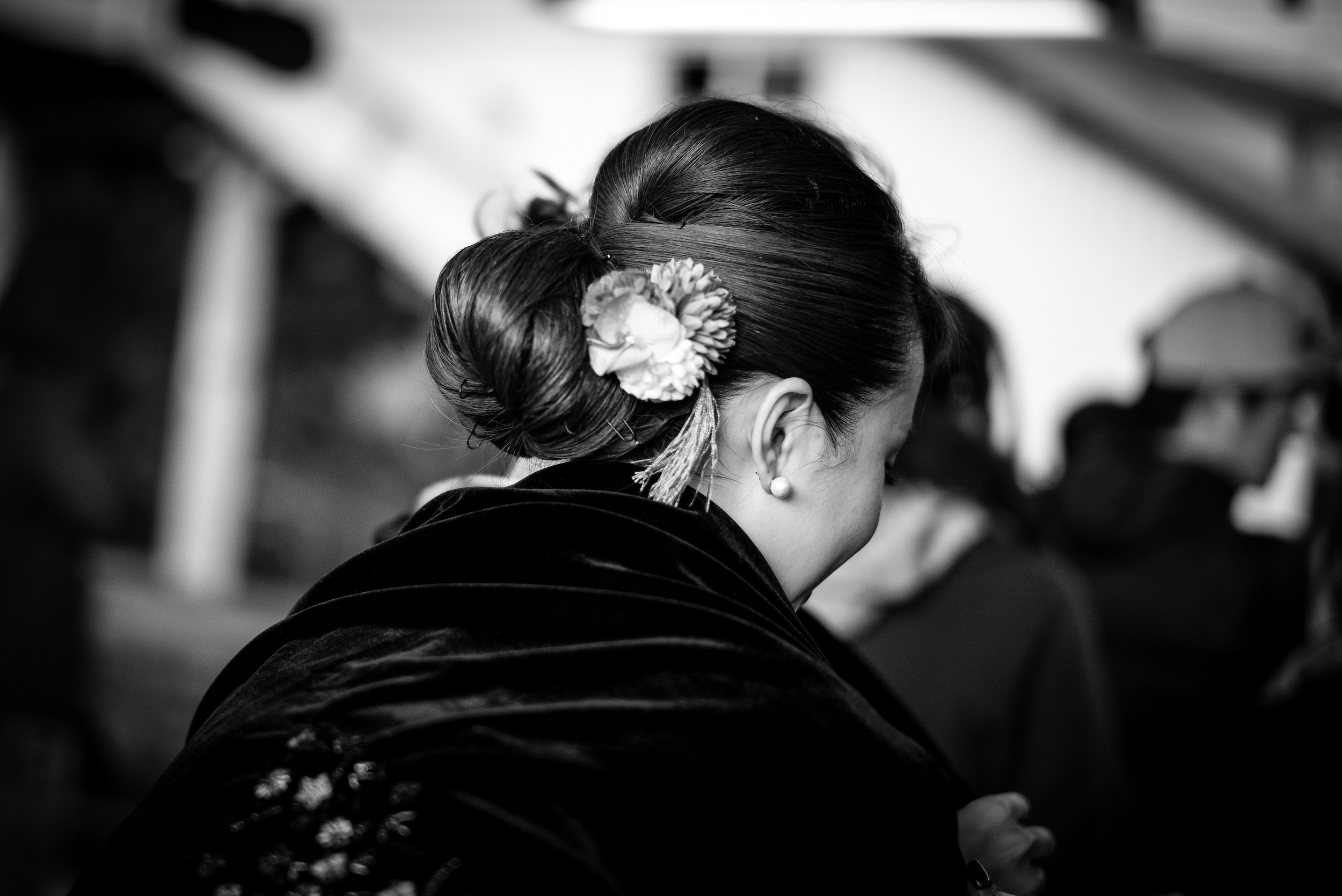
In 2016 I bought another Leica digital camera, Leica Q with a fixed 28mm Summilux f/1.7 lens. Although I am accustomed to use a rangefinder camera with manual focusing and exposure, sometimes I find the need to have a camera with a super-fast AF and macro shot capability. Leica Q produces amazing picture quality with super-fast AF that nails the shot 99% of the time. It is slightly more compact and lighter than the Leica M and is capable of producing good macro shots with beautiful bokeh. The lens on the Leica Q has a minimal distortion, making it ideal for cropping. It is also astoundingly sharp, even wide open and renders images beautifully. The Leica Q is also equipped with a built-in Wi-Fi to transfer photos into a smartphone.
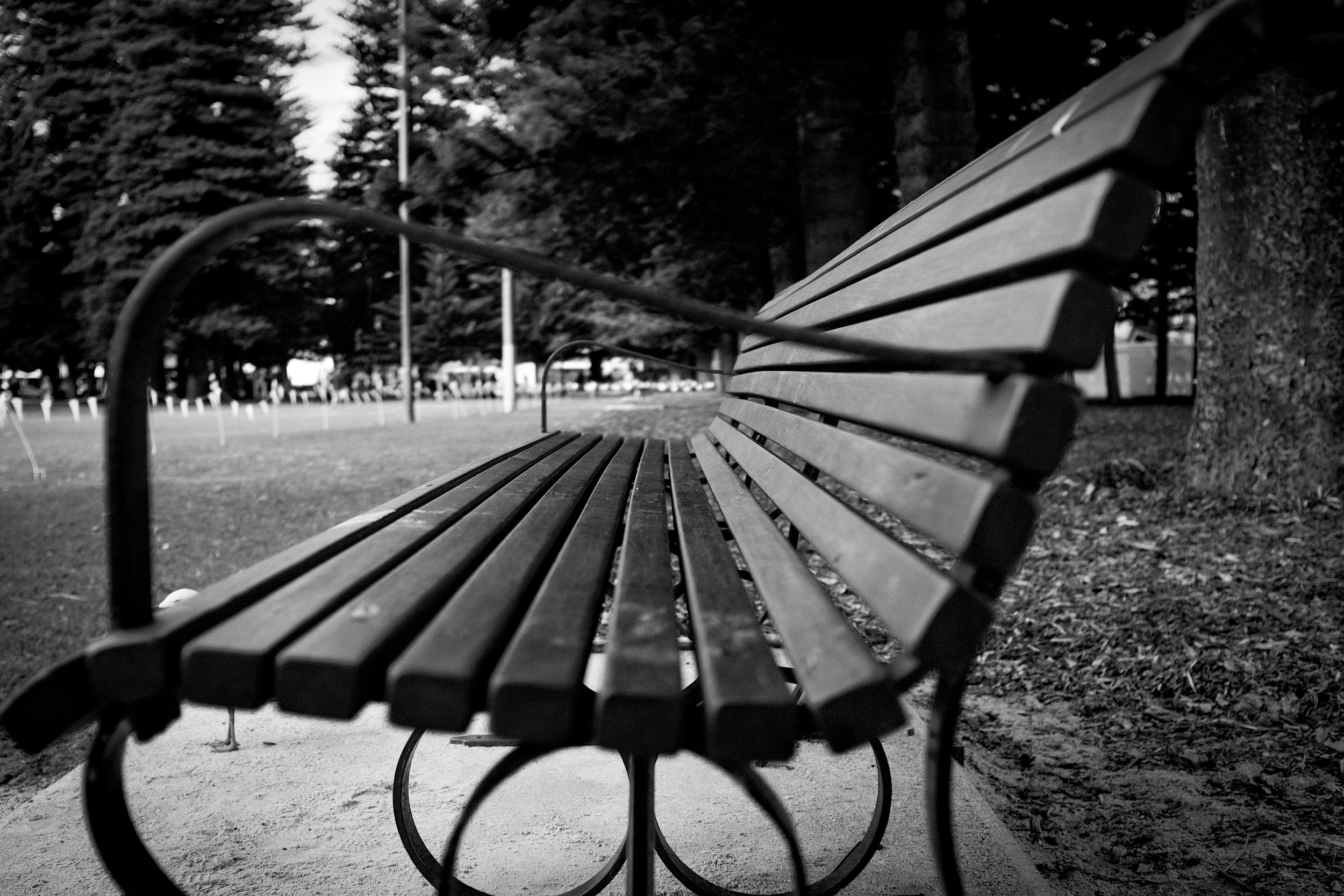
Although I’ve used Leica cameras for quite a while, I still needed a small compact camera for my travel. I love photographing and documenting people, cultures and customs.
A few weeks after its release in 2017, I bought the Fuji X100F after reading a lot of good reviews. I’ve always loved Fuji X series for its small and compact design, great build quality and uncluttered menu. The new X100F has properly laid out ISO, shutter speed and exposure compensation buttons. With the new 24MP APS-C X-Trans sensor capable of producing sharp and outstanding photos.

I do love the JPG film simulations on the X100F and mostly use the Acros and Classic Chrome.
I normally shoot both JPG + RAW. The AF has improved a lot from its previous version and I’m able to nail the focus most of the time. The JPG files produced by the X100F are amazingly good with great dynamic range and require very little post processing.
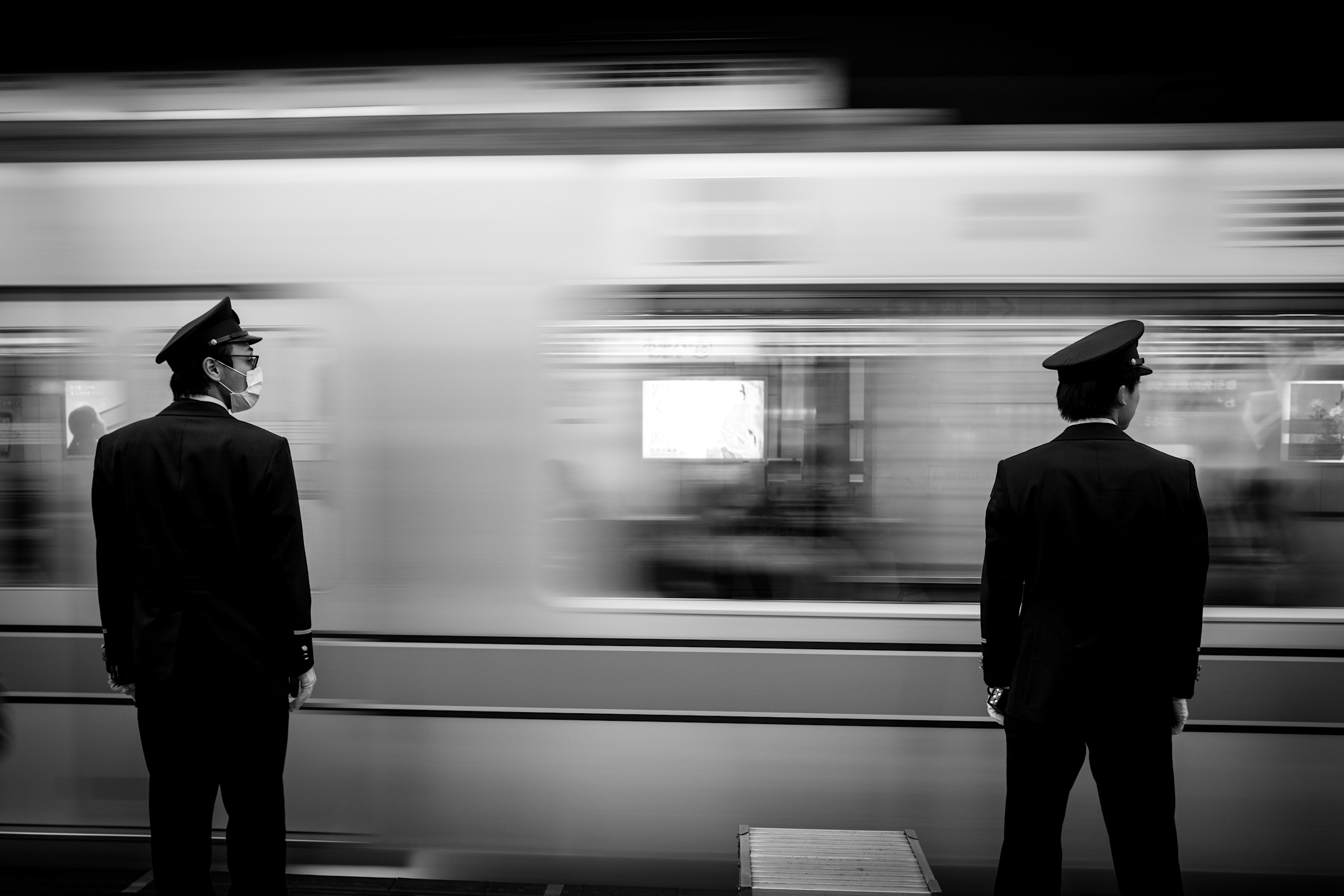
I would like to see more improvements on the next generation of the Fuji X100 series with much improved battery performance, weather sealing, touchscreen and perhaps 4K video capabilities. It remains my first choice for both everyday compact camera for street photography and travel. I consider the X100F as a complement to my current Leica cameras.
Despite using different cameras (Leica M, Q, and Fuji X100F) and focal length (28, 35 and 50mm) for my street photography, I always try to maintain the same consistency throughout my works. My approach to street photography technique is always be the same.
It is always about finding the good light, the right moment, good composition & minimal post processing.
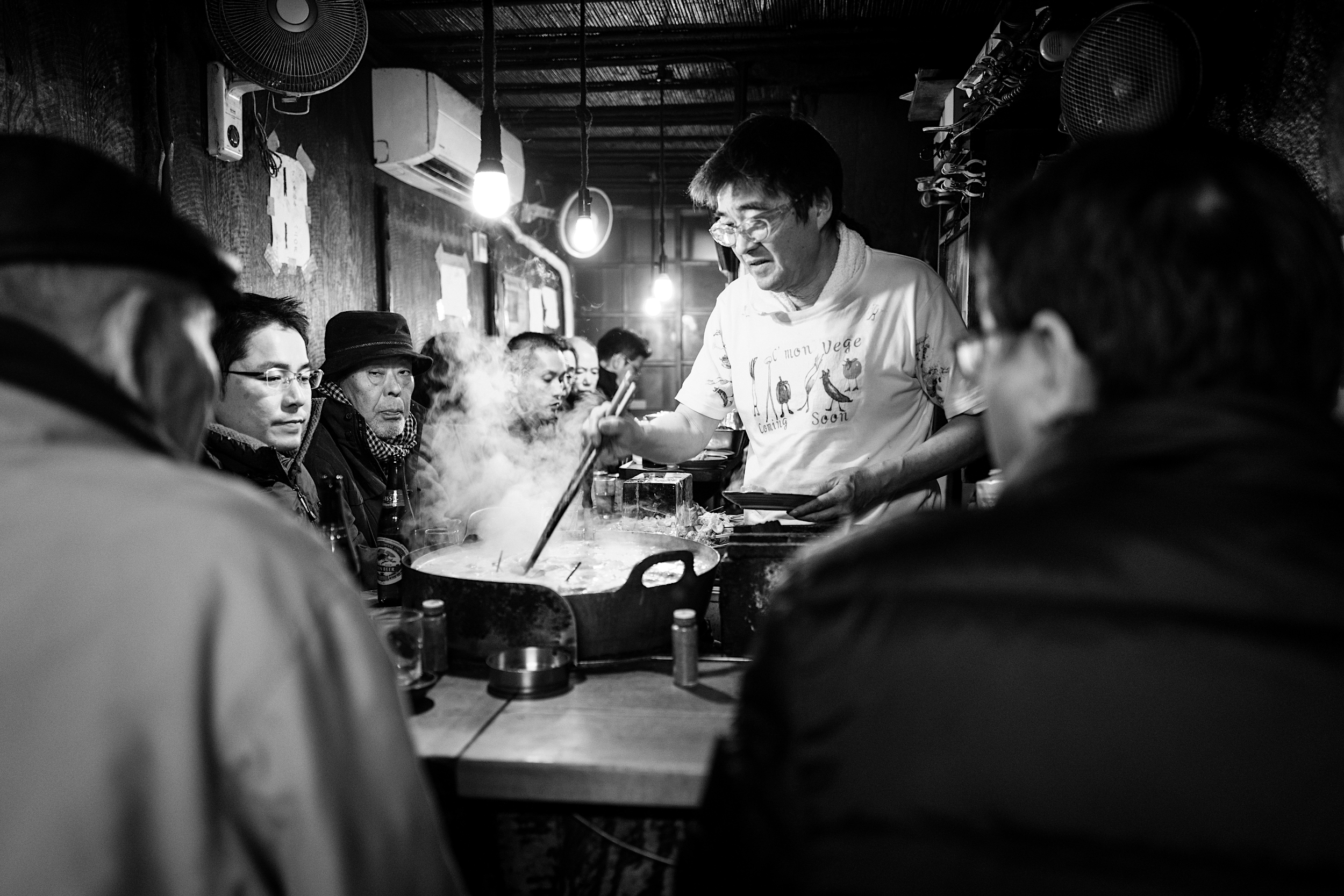
I normally post process my photos using Adobe Lightroom & Snapseed on my iPhone 7 plus for Instagram upload and occasionally on the Mac. I try to keep my editing to a minimal (mainly make some adjustments in contrast, curve, sharpness and cropping).
I don’t like the idea of manipulating or photoshopping a picture. For me street photography is about capturing moment and emotion at the right time.
In late 2017, after a few years shooting with digital cameras, I embarked on film photography. I stumbled upon a photography rut where I needed more inspiration. After reading some blogs and reviews, I finally forced myself to try film photography. I bought the Leica M6 TTL and the Rollei 35 Classic and start shooting B&W films for my weekend street photography. I chose both Leica and Rollei for their build quality, simple manual controls and outstanding image quality in a compact body.
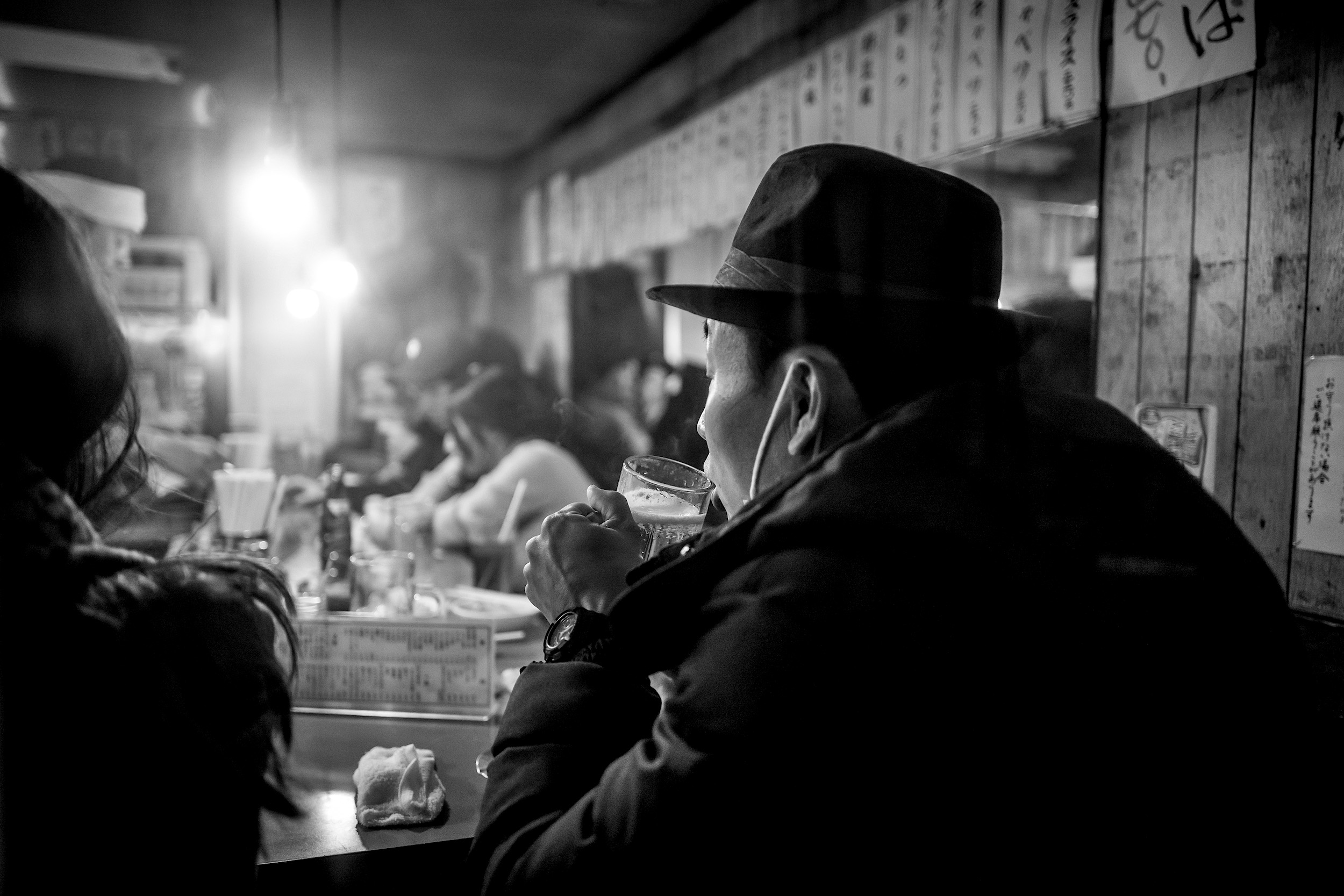
Shooting film is much different than shooting digital. Film really slows you down and teaches you to be more careful about the framing and composition (every click will cost you money). Film has higher dynamic range compared to digital, the grain-look is hard to replicate with digital cameras and editing software. With film photography, less times spent on editing photos in a computer and more pleasure in creating a good image in a camera. Probably the most interesting thing about shooting film is giving you the element of surprise as you are most likely to be detached from the emotion after taking the photos. You won’t be able to see the result right away, not until the negative is developed and scanned.

For me street photography is a powerful emotion translated into an image that will be preserved through times.
You can practically use any camera in street photography. It is merely the extension of your eyes. Eventually you have to be able to see the light and frame the scene in your head before pressing the shutter to create a good image.
Street photography will always be my passion and I hope that I will continue to be inspired and to become a better visual storyteller.
The most complete and illustrated TRAVEL GUIDE FOR PHOTOGRAPHERS
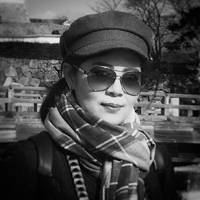
“I was born in Indonesia and currently living in Australia. IT manager by profession with strong passion for photography. I am a self-taught photographer and visual storyteller focusing on black and white street photography. I love traveling around the world and documenting candid moments of daily life and finding beauty in rich diversity of city spaces.”

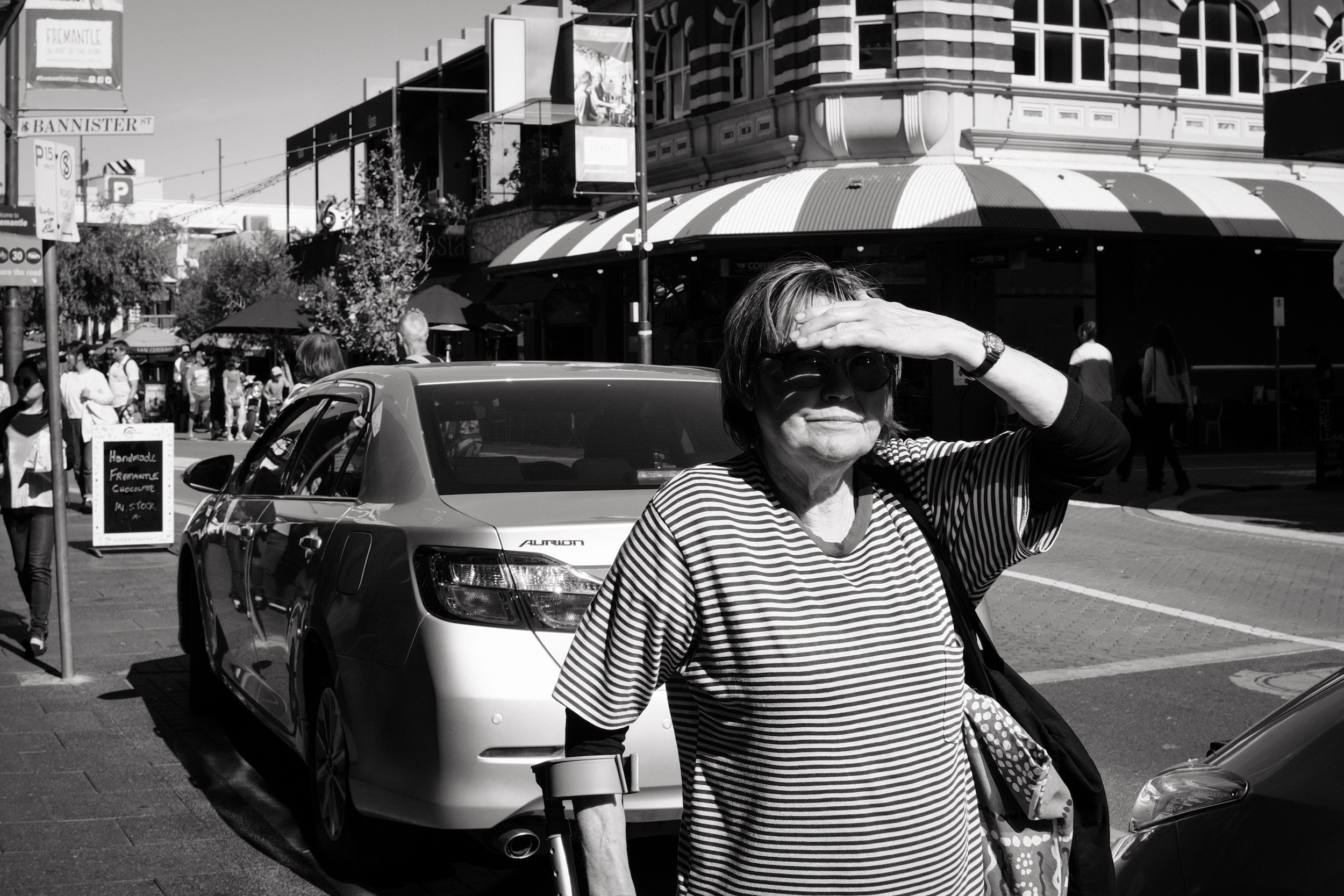
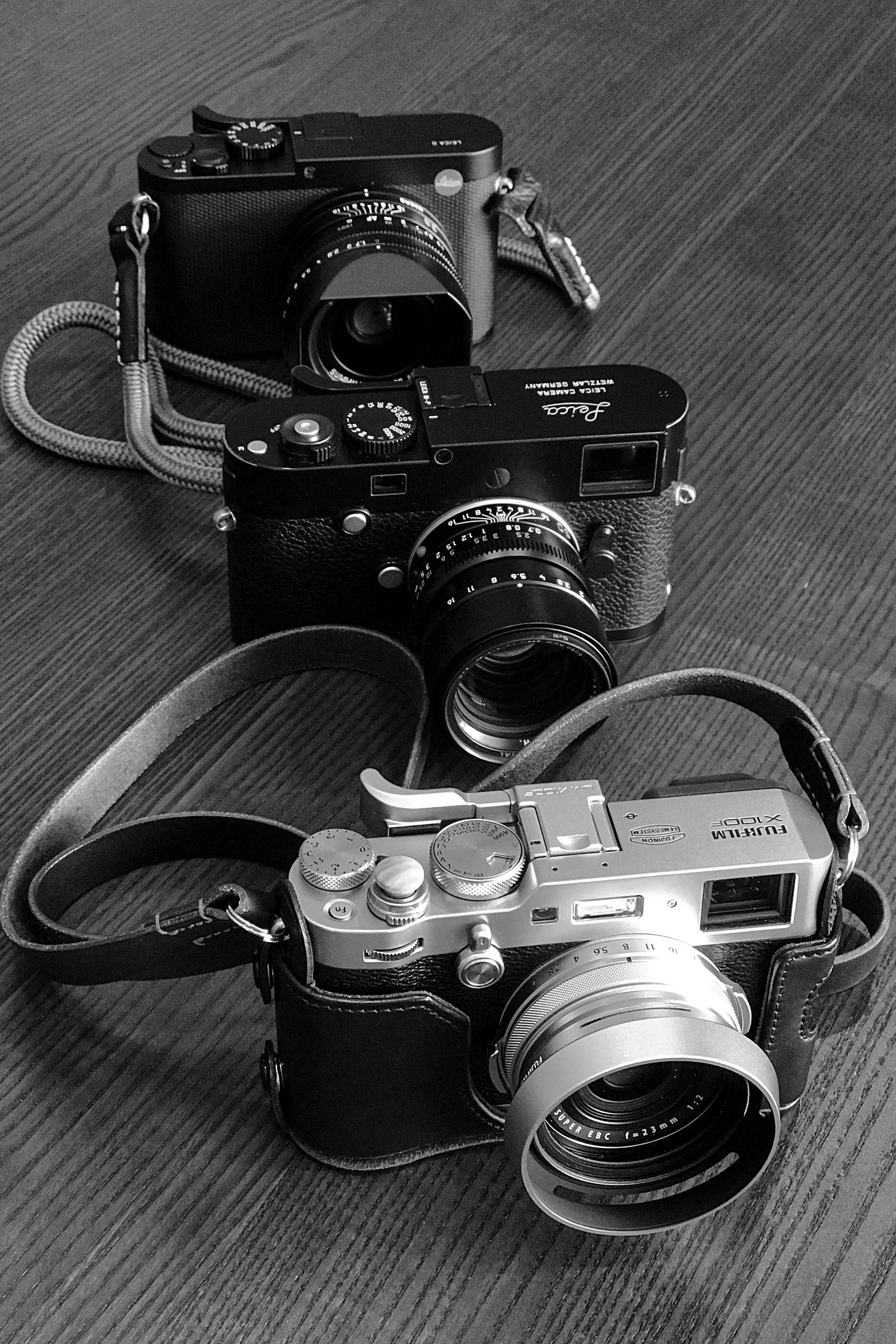



Jakub Tobola
November 9, 2018 @ 6:14 pm
Great pictures and a nice read!
Nathaniel
July 6, 2021 @ 1:15 am
Thank you so much for sharing your journey. It is such a great story. I have been looking at the Fuji to try a digital camera. I love that you came full circle to film. I have only shot film my life on a Zorki which is a Russian Leica.
I still love film, but am looking forward to trying digital. Good lenses are critical which is why you must love your Leicas so much.
Thank you for sharing your story